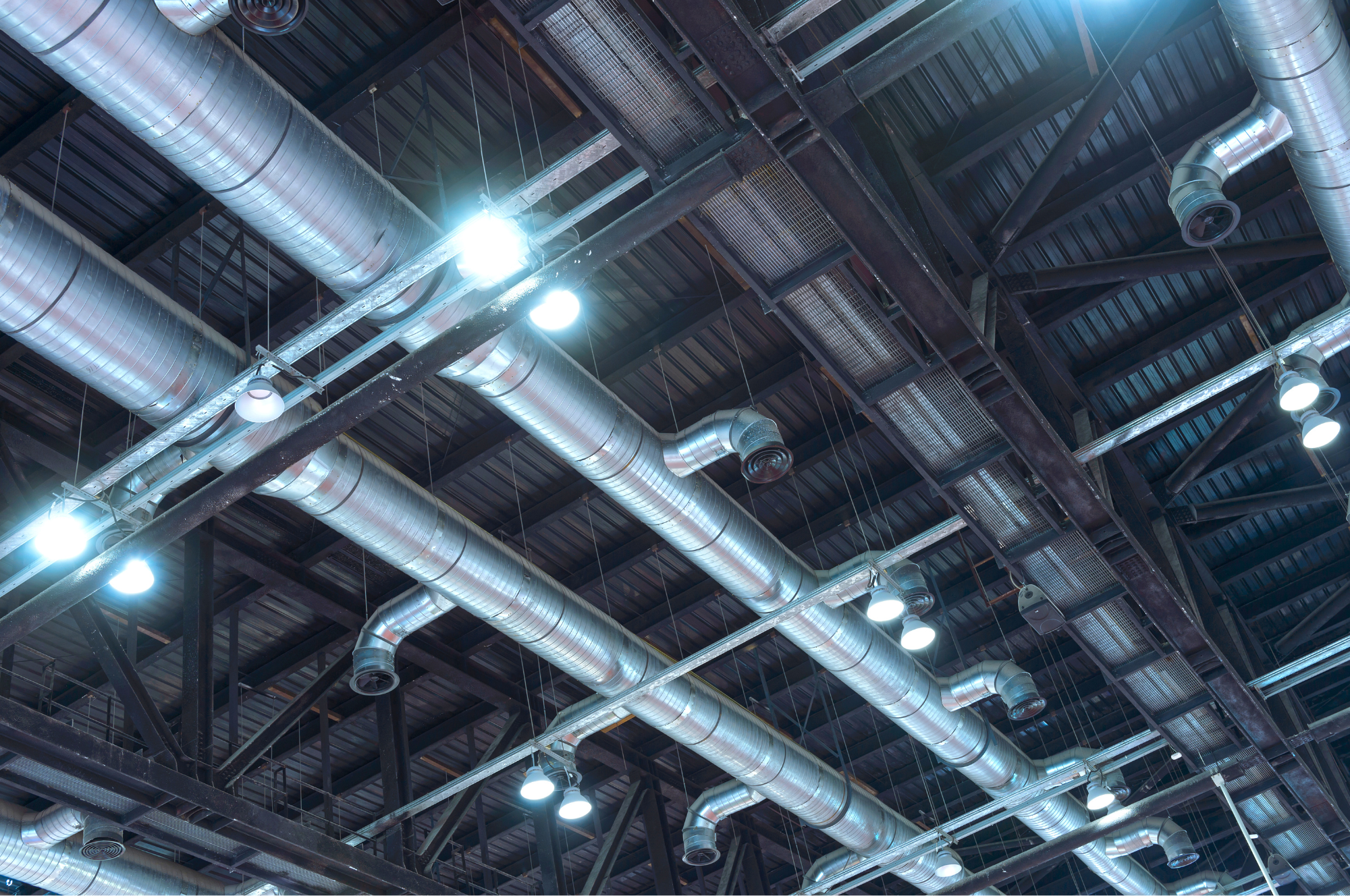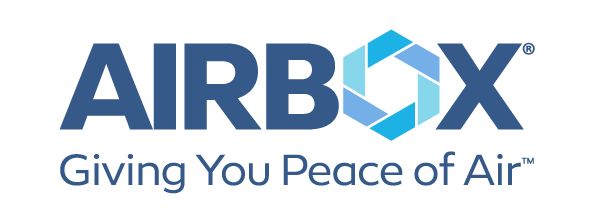Your turnkey solution for performance-based ventilation.
Everything you need to plan, implement, and profit from clean air.
Find out how clean your indoor air is. Or how dirty.
Assess your indoor air quality with IAQ Testing.
Your turnkey solution for performance-based ventilation.
Everything you need to plan, implement, and profit from clean air.
Your turnkey solution for performance-based ventilation.
Everything you need to plan, implement, and profit from clean air.
Your turnkey solution for performance-based ventilation.
Everything you need to plan, implement, and profit from clean air.
Find out how clean your indoor air is. Or how dirty.
Assess and audit your indoor air quality.
Your turnkey solution for IAQP.
At AirBox, we have everything you need to plan, implement, and profit from clean air. Our three in-house teams—Engineering, Analytical Science, and Product—work together to deliver complete IAQP compliance from concept to verification.
Design Support
The AirBox Engineering Group collaborates with your design team to evaluate project goals, review ventilation strategies, and ensure alignment with IAQP requirements to support ventilation optimization from the earliest stages of planning.
Calculations
With proficiency in the ASHRAE IAQP Calculator, AirBox Engineers calculate airflow rates using efficiencies to prepare all submittal documentation for the Authority Having Jurisdiction (AHJ) to determine projected annual energy savings and ROI.
Verification
Post-installation Indoor Air Quality Verification Testing is performed by the AirBox Analytical Science Group to confirm system contaminant removal efficacy in full compliance with ASHRAE Standard 62.1-2022 Table 6-5 contaminants.
Solutions
AirBox Engineers specify advanced High-Volume Purifiers (HVPs) to implement the Indoor Air Quality Procedure resulting in reduced HVAC equipment, significant energy savings, and increased health and safety with improved indoor air quality.
Learn more about IAQP
Where it all started.
AirBox was founded with deep roots in cleanroom design, construction, and certification for the semiconductor industry where indoor air quality isn’t just important, it’s everything. That foundation taught us how to engineer precision air systems that meet the strictest health and safety standards. We brought that same mindset into the spaces where people live, work, learn, and heal.
We don’t just build air purifiers, we build systems that protect lives. As indoor air quality continues to decline due to rising wildfire smoke, urban pollution, poor ventilation, and more, our mission has never been more urgent. This isn’t a side project for us. It’s our livelihood, our passion, and our commitment to healthier buildings. Every AirBox unit is crafted, tested, and trusted to perform, because we believe clean air is a right, not a luxury.

Commercial-Grade
Air Filtration
AirBox’s American-made commercial indoor air quality solutions offer industry-leading air filtration in convenient, easy-to-implement design, engineered to the highest quality.
Our compliant air purification systems feature:
- Durable materials and components designed to last a lifetime in commercial spaces.
- Tamper-proof settings to ensure set operating points.
- Integrated wireless controls to simplify maintenance and save energy.
- Certified HEPA filters in accordance to IEST Standards to remove 99.99% of all particles.
AirBox is not only easy to install. It’s easy to manage.
You need streamlined management and control for all your commercial indoor air quality solution needs. That’s what our Advanced Operating System (AOS) delivers—no matter how many spaces or purifiers you have. With our AOS, you can control each unit, automate the schedule, as well as track filter lifespan and maintenance needs. And it’s all within an easy-to-use cloud dashboard. The Advanced Operating System makes compliance with new indoor air quality standards easy.


What is the new Indoor Air Quality Procedure?
The IAQP is an alternative to the traditional Ventilation Rate Procedure (VRP). Instead of relying solely on outdoor air intake, IAQP combines air purification and filtration to reduce required ventilation by up to 80%. This means cleaner air and significant energy savings. It also ensures compliance with ASHRAE Standard 62.1-2022 and its Table 6-5 limits for chemical compounds.
What is ASHRAE Standard 241?
In late 2022, the White House contacted ASHRAE to help prepare for the upcoming expiration of Title 42 and the end of the COVID public health emergency. The government appointed ASHRAE with the responsibility of creating a comprehensive guide to operate buildings in a way that will help prevent the spread of airborne infectious illnesses. Thus, the creation of Standard 241: Control of Infectious Aerosols.

Ready to transform your indoor air?
Clean Air Insights

What You Need to Know About ASHRAE Table 6-5: The Contaminants That Define Your Indoor Air Quality
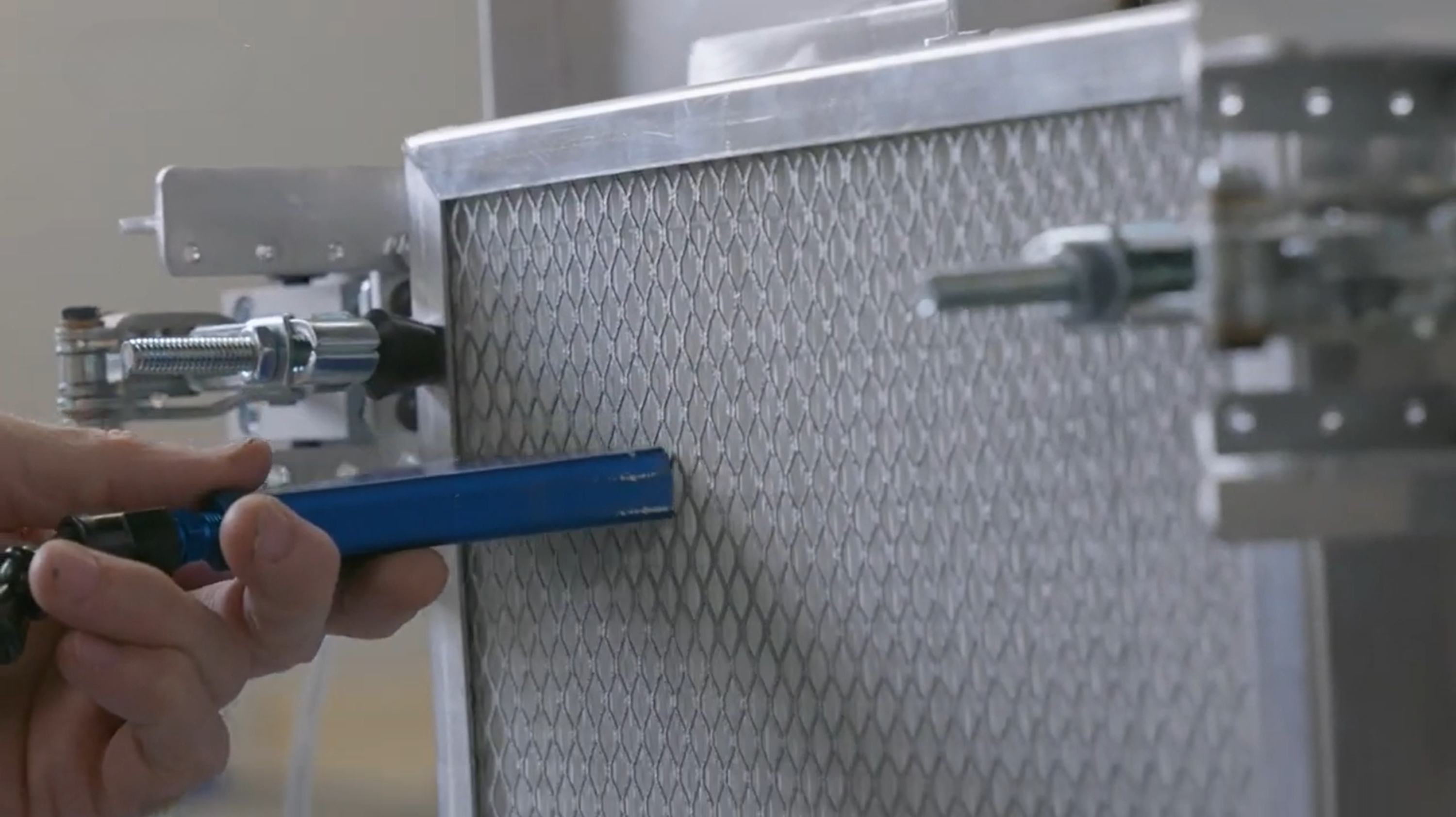
Understanding ASHRAE Standards 145.2 and 52.2: A Guide to Interpreting Air Purifier Performance
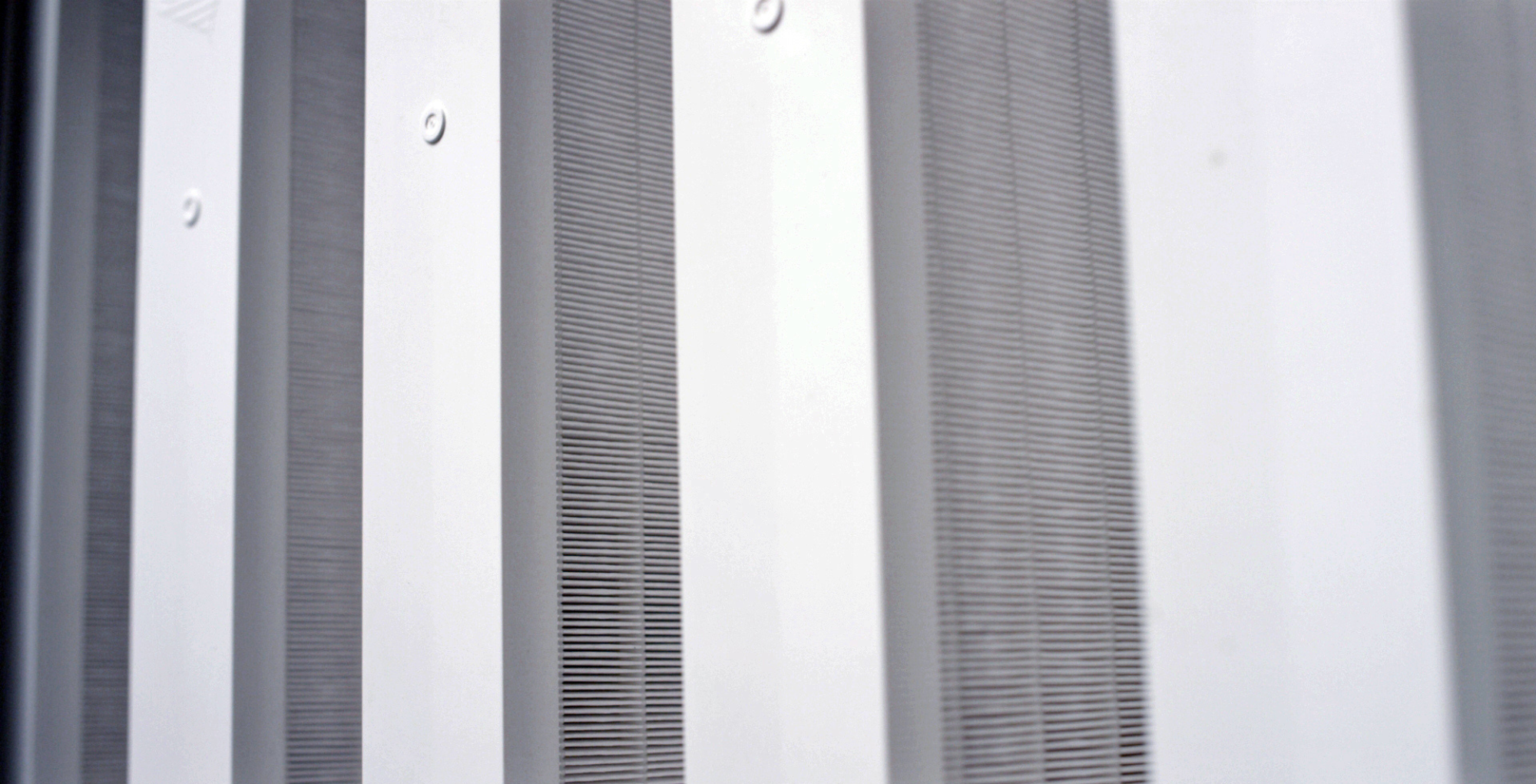
Why Certified HEPA Filters Matter—And What You Should Ask Before You Buy

Is IAQP Replacing DCV for Energy-Efficient Ventilation?
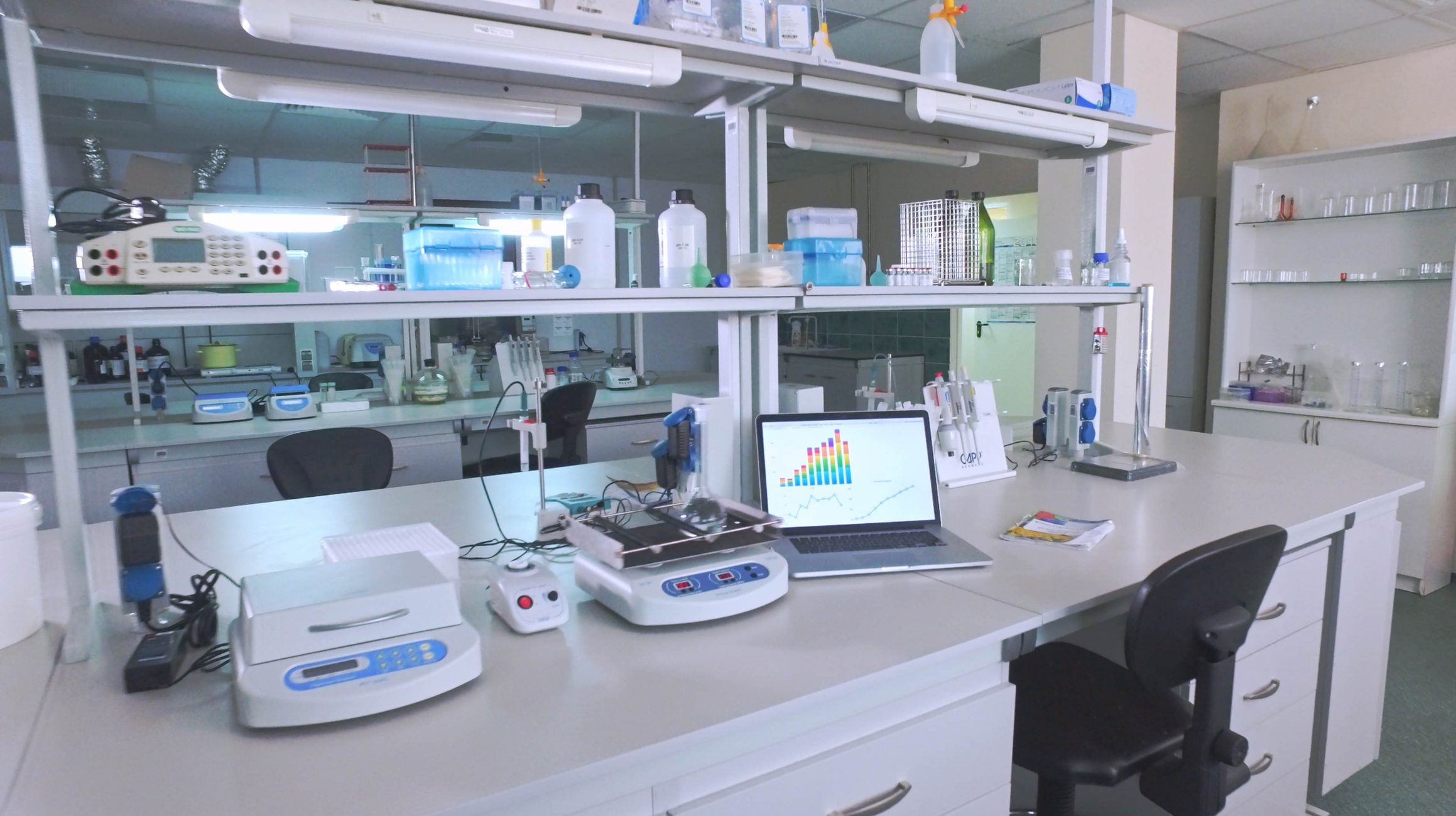
Boosting Lab Air Quality: How Air Purifiers Can Increase Air Changes per Hour (ACH)

Why Schools Are Adopting IAQP—And Why It Matters

LEED Version 5 is Here: Prioritizing Clean Air and Smarter Energy Use in Buildings

AirBox Revolutionizes Air Purification with the Vortex 4000 HVP: Industry’s First Dual-Purpose, High-Volume Purifier

A Focus on Dubai’s Adoption of ASHRAE Standard 62.1-2022 and 241-2023: The Growing Importance of Decarbonization, Sustainability, and Indoor Air Quality in Global Building Standards
